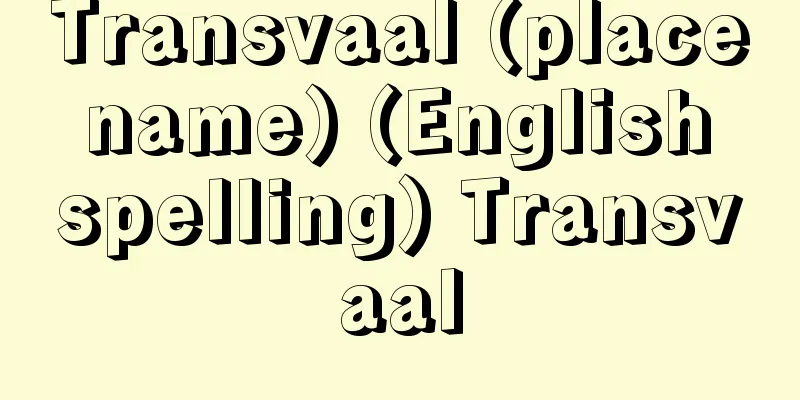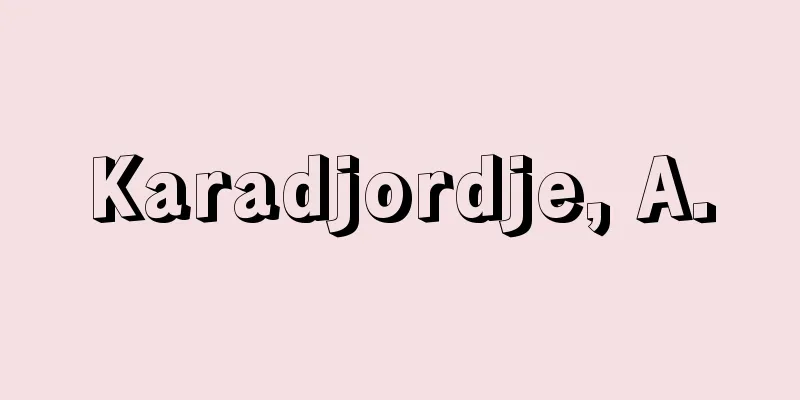Independent ship - Dokkosen

|
In mother ship fishing (designated fishery requiring permission from the competent minister, Article 52, paragraph 1 of the Fisheries Law), this refers to a fishing vessel that is attached to a mother ship (a vessel equipped with manufacturing facilities, refrigeration facilities, and other fish catch processing facilities) and is solely engaged in catching fish and supplying them to the mother ship, but is not an on-board fishing vessel. Fishing vessels that are on-board a mother ship in a mother ship-type skipjack and tuna fishery and whaling vessels attached to a mother ship-type whaling business, even if they belong to the mother ship type fishery, are called catcher boats and not independent ships. Independent vessels navigate in a fleet with a mother ship and operate continuously throughout the fishing season. Operations such as the selection of fishing grounds and fishing methods are carried out under the instructions of the mother ship under unified decision-making by the fleet. Independent vessels land their catches on the mother ship, and are supplied with fuel, food, and other supplies necessary for operation from the mother ship. In cases where the mother ship only serves as a base, processing the catch and replenishing supplies, this does not fall under the scope of mother ship fishing under the Fisheries Act, but even in such cases the accompanying fishing vessels are generally referred to as independent vessels. Under the Fisheries Law, mother-ship fishing activities involving independent vessels included bottom trawl fishing, whaling, bonito and tuna fishing, salmon and trout fishing, and crab fishing. However, exclusive economic zones were established for the purposes of preserving maritime rights, preventing overfishing, and managing resources, and mother-ship bottom trawl fishing, mother-ship salmon and trout fishing, and mother-ship crab fishing were placed under a moratorium (temporarily suspended), and other fishing activities are also prohibited and are no longer carried out. [Tetsuya Shimamura, Hideo Soeda, and Kiyoshi Yoshihara] [References] | | | | |Source: Shogakukan Encyclopedia Nipponica About Encyclopedia Nipponica Information | Legend |
|
母船式漁業(主務大臣の許可を必要とする指定漁業、漁業法第52条1項)を営む場合に、母船(船内に製造設備、冷蔵設備、その他の漁獲物処理設備を備えた船舶)に付属し、もっぱら漁獲物の採捕に従事して母船に漁獲物を供給することを目的とする漁船のうち、搭載漁船でないものをいう。母船式漁業に属してはいても、母船式カツオ・マグロ漁業の母船に搭載した漁船、また母船式捕鯨業に付属する捕鯨船はキャッチャーボートと称し、独航船とはよばない。 独航船は母船と一体となって船団を組んで航行し、漁期中連続して操業を行う。漁場の選択、操業方法など操業に関しては船団としての統一した意志決定のもとで母船の指示により行う。独航船は漁獲物を母船に水揚げし、母船から燃油、食料、そのほか操業上必要な物資の補給を受ける。母船は根拠地的役割のみを分担して、漁獲物の処理と物資の補給を行う場合は漁業法上の母船式漁業の範囲には入らないが、一般にはこの場合も付属する漁船を独航船といった。 漁業法上、独航船を伴う母船式漁業種目には、底引網漁業、捕鯨業、カツオ・マグロ漁業、サケ・マス漁業、カニ漁業などがあったが、海洋権益の保持、乱獲防止、資源管理などを目的とした排他的経済水域が設定され、母船式底引網漁業、母船式サケ・マス漁業および母船式カニ漁業はモラトリアム化(一時停止)され、他の漁業種目も禁止などで現在は行われていない。 [嶋村哲哉・添田秀男・吉原喜好] [参照項目] | | | | |出典 小学館 日本大百科全書(ニッポニカ)日本大百科全書(ニッポニカ)について 情報 | 凡例 |
<<: Du'khung-ri Tomb (English: Du'khung-ri Tomb)
Recommend
Fossil bed
...A dense layer that has a considerable degree o...
Motherwell, R.
...Originally, it was derived from Pollock, who w...
Kallikrates
Date of birth and death unknown. A Greek architec...
Maruzen Co., Ltd.
A long-established company engaged in the sale of ...
Syngnathus schlegeli (English spelling) Syngnathusschlegeli
…Unlike the seahorses of the same family, the hea...
Mirafra javanica (English spelling)
…Of the 15 genera and 75 species, all of them and...
Ganpi paper weaving - Ganpi bookmark
…It was also used as clothing, as an undergarment...
Angwantibo - Angwantibo (English spelling)
It is an animal of the Loris family in the Primat...
"The End of Ako Castle"
...The first color Chushingura film was the 1956 ...
Annular spherometer - Annular spherometer
...where d is the length of one side of the trian...
National Popular Theatre (TNP)
One of France's national theater companies. It...
Krisa
…a series of wars in ancient Greece waged by the ...
Heinzelmännchen (English spelling)
A dwarf-like house spirit that appears in German l...
Eastern Plains of England
The area of the East Anglia region is an extens...
'Abd al-Hādī
1889‐1970 A lawyer and a leading figure in the pre...

![PepsiCo [company] - PepsiCo](/upload/images/67cccaa739b49.webp)
![Yamatokoriyama [city] - Yamatokoriyama](/upload/images/67cd0e9c2b0ea.webp)






